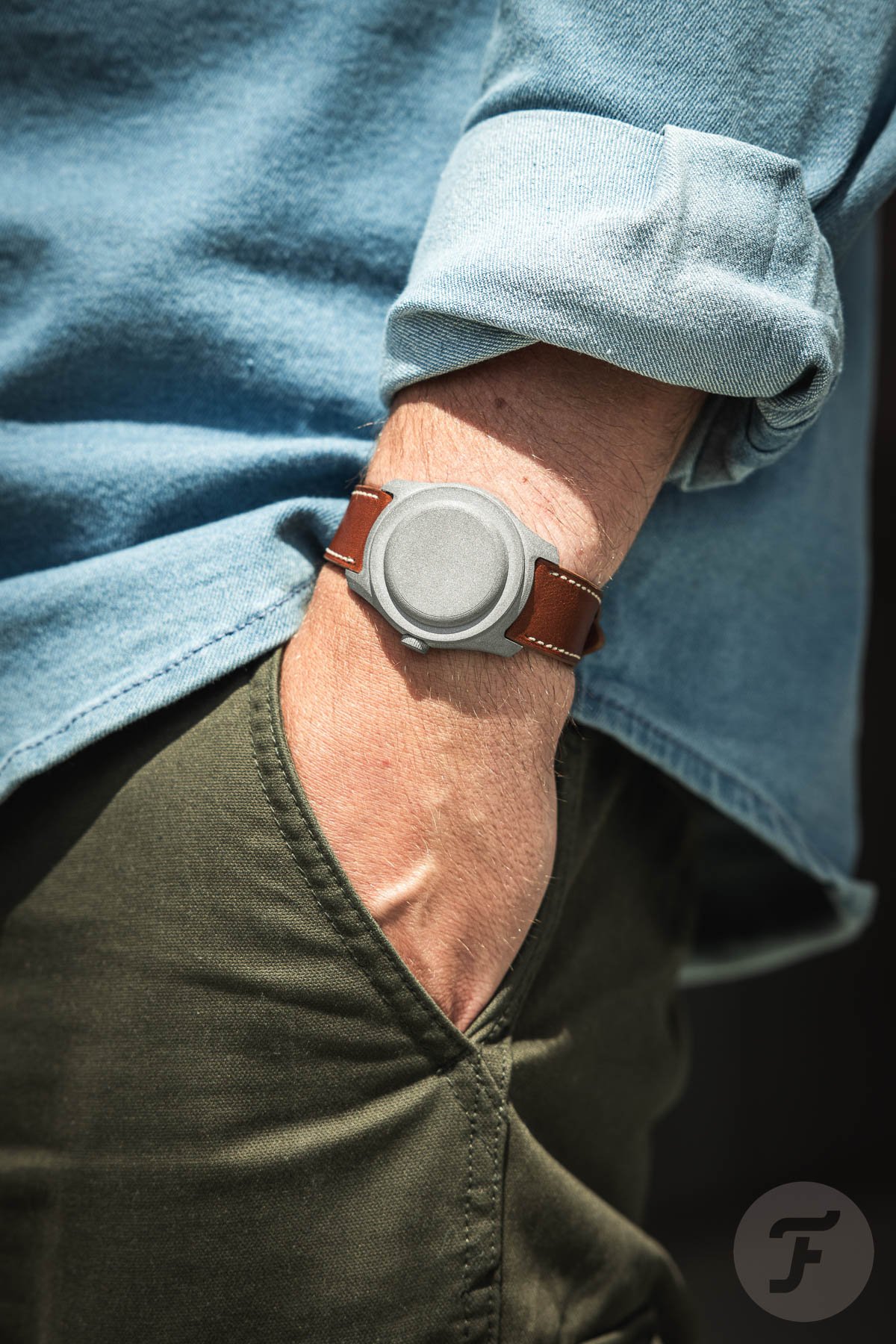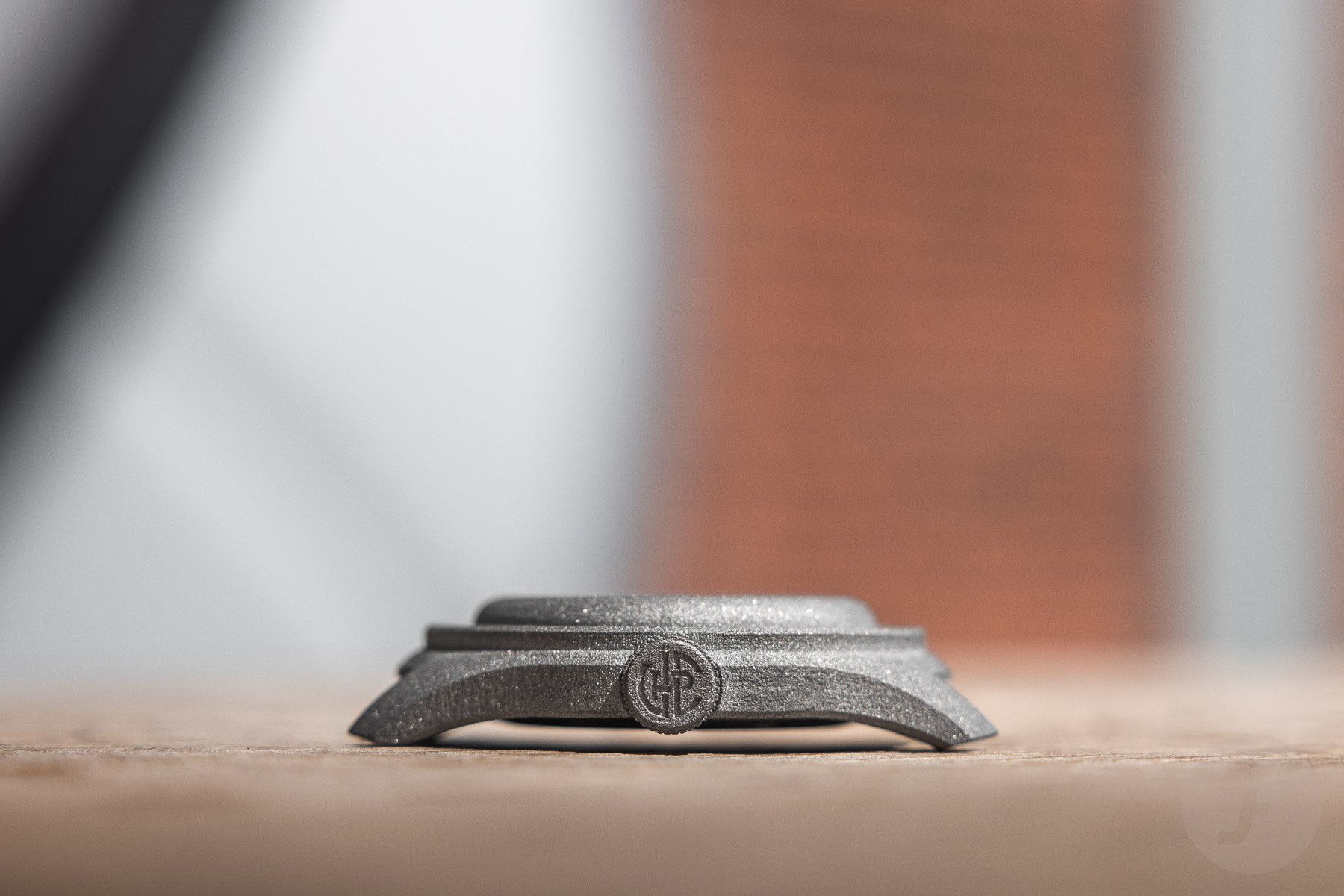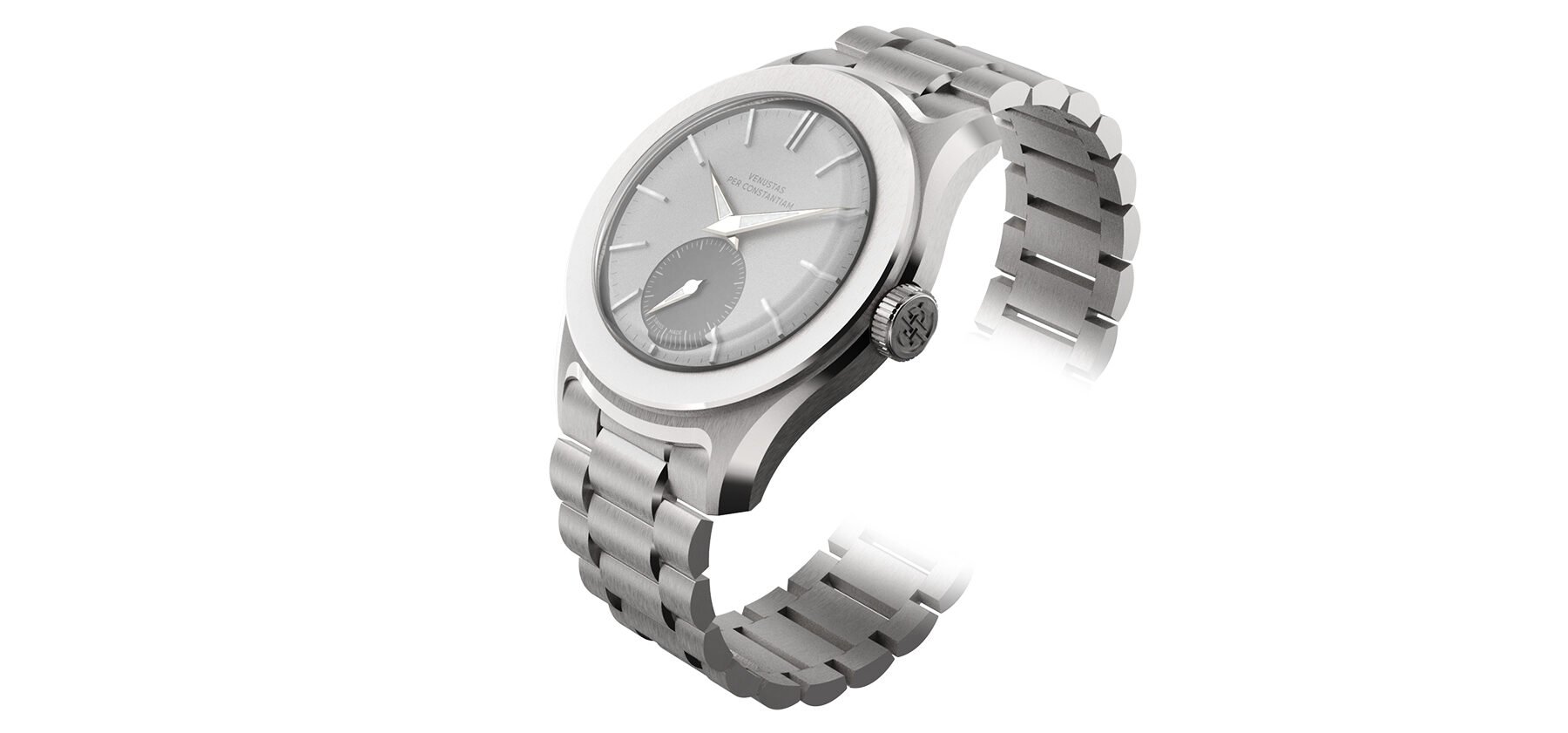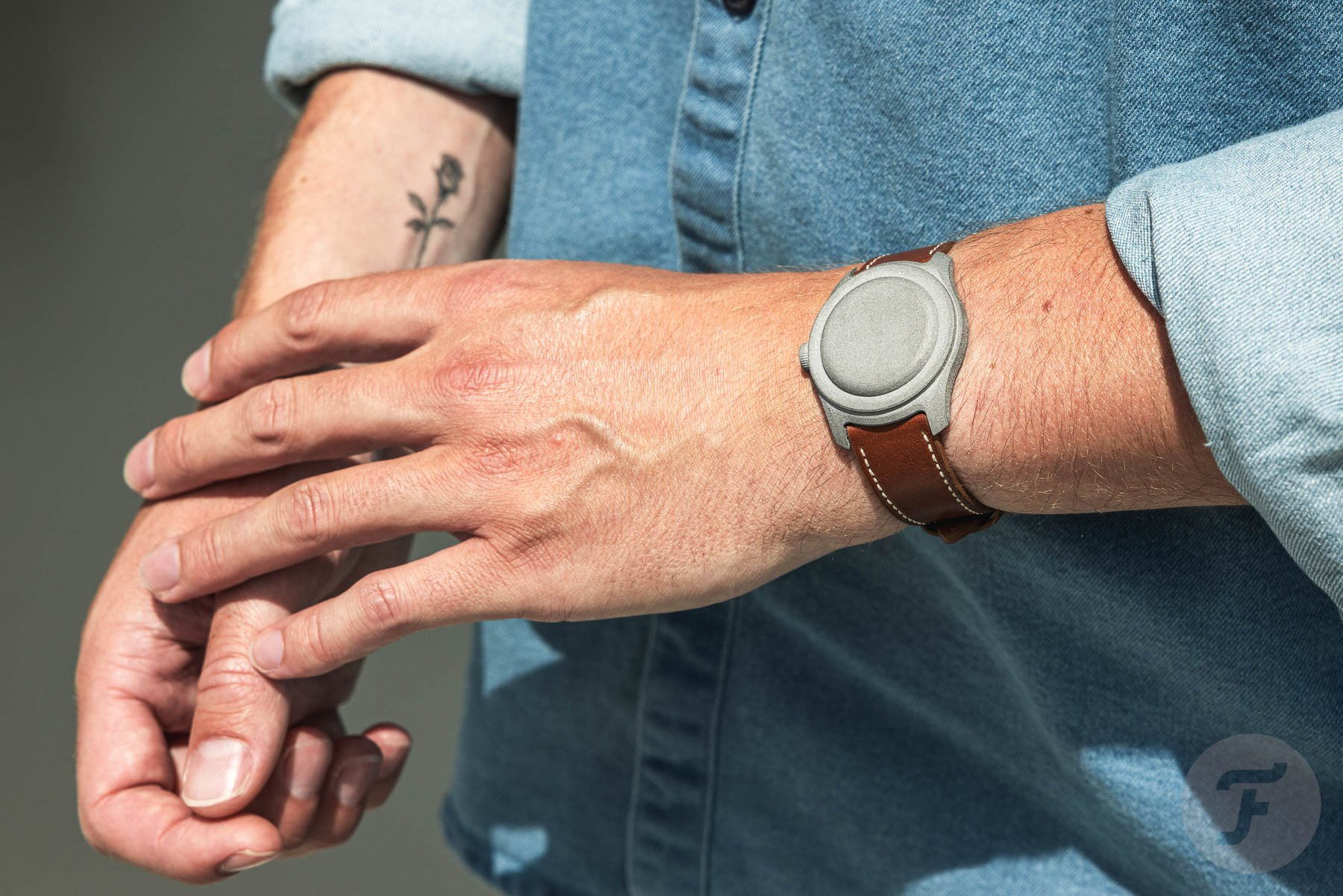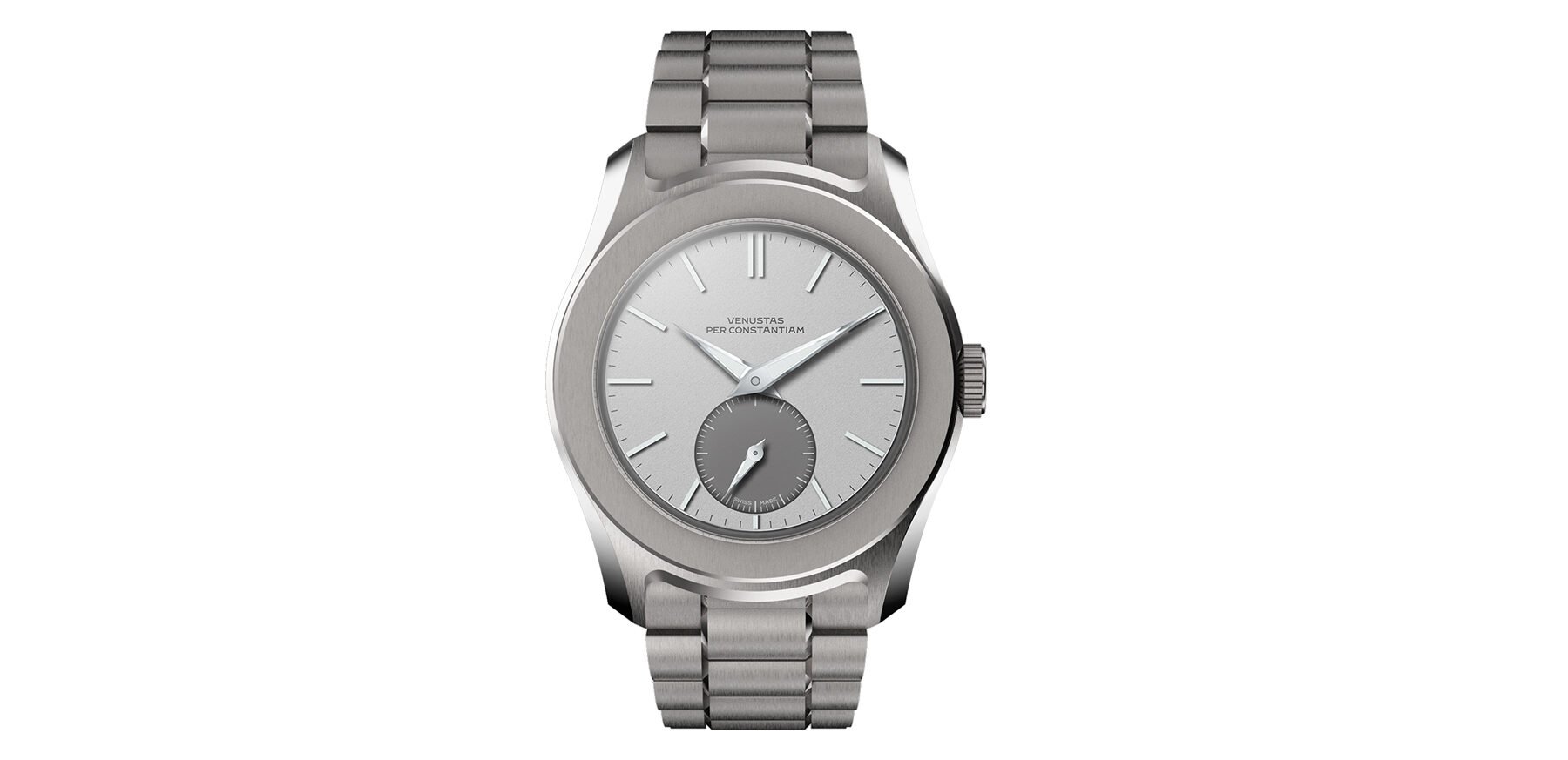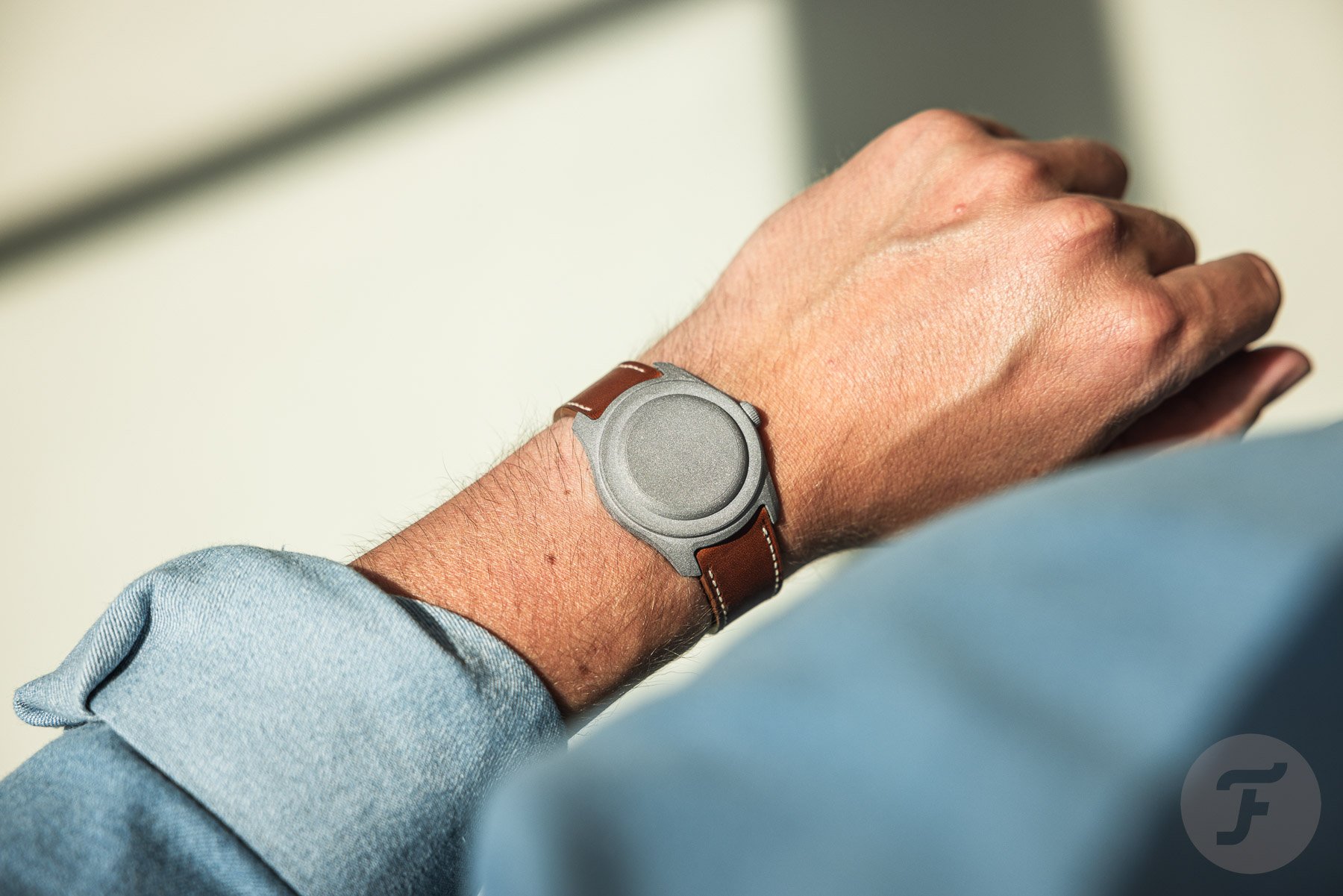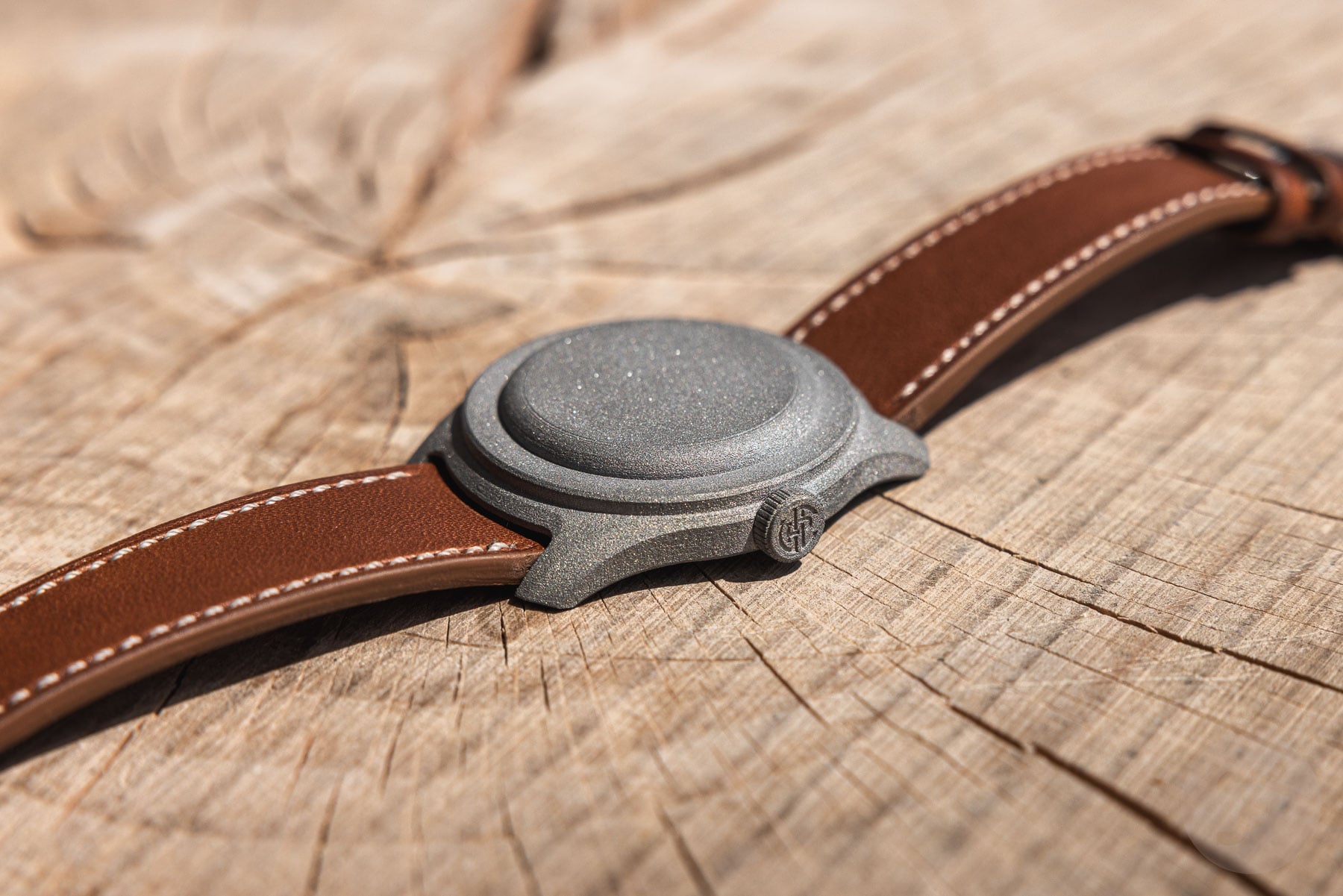Building A Watch Brand Episode 10: From Design To Manufacturing
The design stage of the VPC Type 37HW is now behind us. Still, we have done some fine-tuning over the past few weeks, which I am happy to show you. We are now fully engaged in the technical development and the hunt for the right manufacturers. And that has proved to be quite the ride. As with many of the steps involved, this is usually not public, so I am happy to share some behind-the-scenes. Here is a taster of what preparations for manufacturing your first watch entail.
But let me start by thanking you for the response I got to opening up on the effect of comments. In the previous article, I shared how all the “you should have done X” comments can affect my mood. I got a ton of positive feedback on that, including some amazing personal stories. It has been cool hearing about some of you overcoming online detractors to go on and build successful businesses. Power to you, and I hope to follow in your footsteps!
3D printing before manufacturing
Last time, I showed two different 3D-printed prototype cases. As mentioned, both were close but not quite on the money just yet. My designer Max Resnick proceeded to curve the lugs down a little more. He also shaved a tiny bit off the overall length of the watch in an effort to prevent the tips of the lugs from sticking out. And well…third time’s a charm!
I had the new case 3D printed in steel to simulate the weight of the final product. I wanted to be sure the watch has a great fit and doesn’t pull to either side. Holding the heavy steel print in hand for the first time was an odd experience. Being completely solid, it is heavier than a normal watch, but it suddenly feels more real. I strapped it on to find it sits precisely as I want it to. The radical curve grabs the wrist very well, and it stays put, slap bang in the middle of my wrist. The slimness and squat stance help that comfortable fit too. I have spent a lot of time wearing this one to develop a feel for what living with it would be like.
Next, I proceeded to put it on as many different wrists as I possibly could. I am elated to see that it has that same comfortable fit on wrists much larger and much smaller than mine (17cm/6.75”). Aesthetically, the size seems oddly neutral. It isn’t a large watch, but it sure isn’t small either. I stated that it sits between a 36mm and a 39mm Explorer in terms of wrist feel, and I stand by that. This was the final fine-tuning required before I could sign off on the design. Max completed the design pack and transferred it to my Swiss assembly partner.
Sourcing, manufacturing, and assembly
There are several ways you could go about the next phase if you were to build a watch of your own. The easiest way is to find an integrated manufacturer. There are several large companies out there that will partly build your watch, source the rest of the parts, and assemble it for you. This is by far the easiest way to do it. They take care of everything.
They are, however, black boxes. You do not know where the parts come from and what they cost. With some, you don’t even get to own the technical drawings of your watch. In other words, you are entirely dependent on these companies. You own the marketing side of your brand, but they run the rest. Should they go out of business or a conflict emerges, you are left without a product.
The other extreme is to find separate manufacturers for every component and a separate party that does assembly. You could even set up to do the assembly yourself, as some brands do once they reach a certain scale. I am lucky to have come across an in-between solution. I have found a company that specializes in assembly and also deploys its network to source and manufacture parts for me. This gives me the benefit of an integrated supplier but the flexibility and full ownership that sourcing everything myself would allow.
Dear Mr. Van Straaten, you are a dreamer
Having a partner on the inside is much more important than I would have thought in advance. For starters, you need quite a lot of different suppliers to do this. You need specialist manufacturers for the case, dial, hands, bracelet, movement, etc. And with many of them being hard to find online and particularly hard to judge from a distance, this is a challenge.
Another challenge is the fact that I am a Dutch guy without prior experience. These companies get requests from people starting new watch brands daily. In fact, one manufacturer I spoke to even had a client category called “dreamers.” “You will fall into this category, Mr. Van Straaten,” the company told me. Pair this with a booming business and under-capacity at most of these companies, and you face a pretty tough challenge.
Unfortunately, this leads to some rude behavior too. I fully respect that a manufacturer would rather stamp out 10,000 cases for a world-famous brand than 300 complicated ones for some Dutch guy. But I have already ended conversations with several for being downright ill-mannered about it. Having an insider to coordinate things helps massively. This company knows how to get things done and can pull a favor or two. It is not my natural environment, but if I need to take this pragmatic approach, I am happy to. In the end, I need to get a really high-end watch manufactured one way or another. And I get that I need to prove that I am worth the time and effort, which I can only do by successfully launching my watch. There is work to be done!
High-level manufacturing for each part
As much as big brands like to maintain the everything-in-house myth, the Swiss watch industry is still very much a specialist’s playing field. Manufacturing is done by specialist companies for each component. And that is actually a really good thing for efficiency and quality. It also means that I end up using the same manufacturers as some of the big brands, which means I can rival them in terms of quality.
I already mentioned that I aim to keep the VPC Type 37HW under €3,000. Allocating that budget in manufacturing is an exciting process. As you may expect, a top-grade and COSC-certified Sellita caliber is one of the costly components. I am, however, putting quite a bit more into the case and bracelet. I am extremely critical of the machining and finishing quality, which is a costly affair. It will make the difference between an average watch and something great. So that is where I allocate a lot of budget.
The dial is another component that I am happy to spend on. I could opt for a stamped dial, but milling it is just so much better. It is a much more expensive way of manufacturing dials, but the result is significantly sharper and exponentially more beautiful. These are the sorts of decisions that finally determine the quality and the price of the watch. Commercially, I would make my life easier if I aimed at a sub-€1K RRP. But that would mean I could not take this uncompromising approach, so it makes no sense to me.
Working towards manufacturing prototypes
My Swiss assembly partner is creating the technical drawings of the watch as we speak. The company takes Max’s 3D design and develops it into something that can be produced. As you can imagine, a ton of details have to be worked out. How is the bezel fixed to the case? What kind of threading is required for the case back? Where do the seals go? Max takes this stuff into account while designing, allowing for the required space, for instance. But the actual technical drawings are made by yet other specialists.
At the same time, we are identifying the right manufacturing partners. We are, for instance, opting for a single manufacturer for the clasp, bracelet, and case of the watch. This enables us to get the same alloy and finishing quality for all three. There is no sense in designing a perfectly matching case and bracelet to then have color and/or texture inconsistencies.
If we manage to complete this puzzle over the next few weeks, we can proceed with prototyping. I will have a small series — probably around six — watches made to the intended final spec. And then it remains to be seen if we are already right on the money or if alterations are required. Currently, I expect to have the first batch of prototypes this fall. We have taken a little longer to design the watch, and many manufacturing partners shut down during the summer. So the original late summer/early fall planning will not be met. But hey, quality over speed!
Closing thoughts on manufacturing
We have entered an entirely different stage of the project now. I am sad not to be working with Max and typography designer Samuel Baker so closely anymore. Going from a rough idea to the renders you see here has been an absolute blast! But if I pull this off, I will surely hire them again for a second VPC model. I can envision a stunning diver on this case and bracelet platform!
There is a lot to learn as I proceed. I have not been involved in manufacturing processes before, so this is far outside my comfort zone. But every day brings me a little bit closer to fulfilling this dream. And it seems my assembly partner is yet another really capable professional that can make this work. One thing is for sure: this is no longer a one-man show, even though I am the sole owner of VPC. If it weren’t for a handful of really knowledgeable and experienced people on my side, it would not have come this far.
It may be a little while before I write another Building A Watch Brand article. The current manufacturing stage simply takes quite a long time and results in little to show. If, however, there is any specific part of the project you would like me to elaborate upon, please let me know in the comments below!
Can’t get enough?
- VPC website and newsletter opt-in
- VPC on Instagram
- Building A Watch Brand Episode 1 — Introduction
- Building A Watch Brand Episode 2 — Brand and name
- Building A Watch Brand Episode 3 — Finances, risk mitigation, and a designer
- Building A Watch Brand Episode 4 — Unveiling the watch concept
- Building A Watch Brand Episode 5 — The first design ideation sketches
- Building A Watch Brand Episode 6 — Caliber, pouch, case and bracelet updates, typography
- Building A Watch Brand Episode 7 — Dial design
- Building A Watch Brand Episode 8 — Geeking out on typography
- Building A Watch Brand Episode 9 — 3D Modeling, Tech Development, And Opening Up On The Mentally Challenging Side

